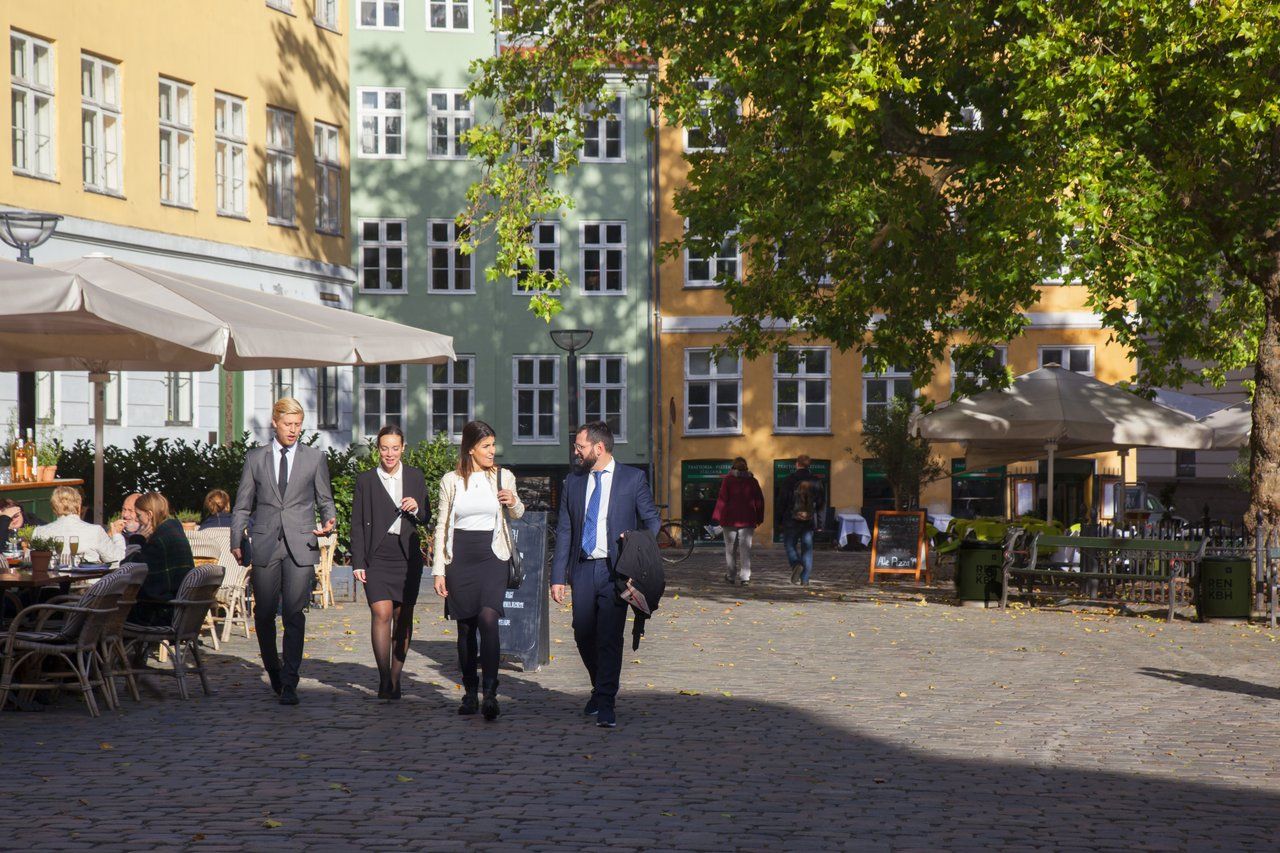Danish consumers pay 14 percent more for electricity because it is produced by wind turbines.
According to a Rockwool Foundation report, written by Anders Sørensen from the Centre for Business and Economic Research at CBS, one kilowatt hour of electricity usually costs about 51 øre.
However, one kilowatt hour of wind-produced electricity costs 58 øre. And that is before taxes and other fees are added.
Only when the wind blows
In Denmark, wind power covers 33 percent of the electricity consumption, while the rest is produced by coal, oil, biomass and gas.
Because wind turbines produce electricity only when the wind blows, using wind power requires having emergency supplies.
Thus, a country that uses much of its electricity from wind power must either have enough sources of conventional power to compensate for the days when there is no wind or import power from abroad.
What is the real cost
"In Denmark, we have enough capacity to cover for the turbines when there's no wind. But large amounts of excess capacity costs," Sørensen told Finans.
The bigger the difference between what a power plant can produce and what it actually produces, the higher the cost for one kilowatt hour.
Sørensen argues, however, that in the end the price is a political issue as wind turbines produce less CO2 pollution and decrease the state's dependence on fossil fuels.













